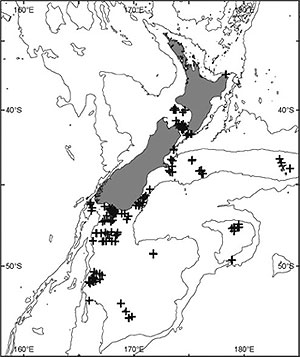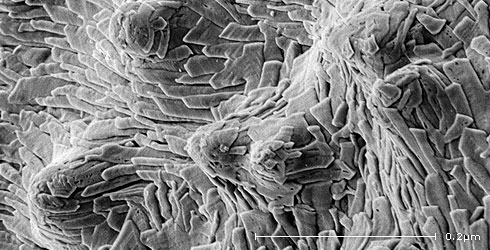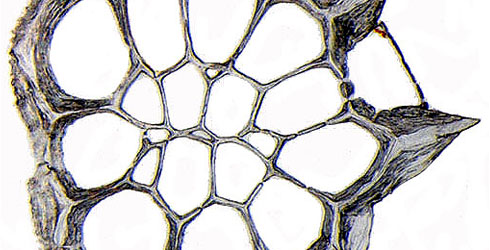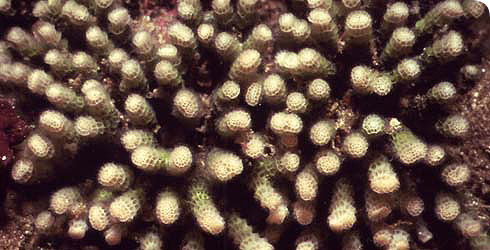Cinctipora elegans
The shallow sea-bed around New Zealand is a haven for bryozoans, colonial animals informally known as moss-animals, sea-mats or lace corals and commonly mistaken for corals, sponges or seaweeds.
Cinctipora elegans is one of the most important of the approximately 1000 bryozoan species that inhabit New Zealand waters because it commonly forms a habitat for a wide diversity of other animals, including crustaceans, worms and sponges.
Species detail
Colonies of Cinctipora elegans grow as small bushes with branches 1-2 mm in diameter and coloured pale pink at their tips.
Arranged around each branch are the individual zooids that make up the colony.
-

Taxonomy
Get a description of the structure, features and appearance of Cinctipora elegans.
-

Distribution and ecology
Discover the areas around New Zealand that Cinctipora elegans is known from as well as the country in which a fossil of the species was recently found.
-

Biology
Read about the growth rates and size of Cinctipora elegans and find out why the sexual reproduction of the species is currently a mystery.
-

Behaviour
Learn about the process by which this suspension feeding species captures its food.
-

Conservation
Find out the threats facing the ongoing survival of this species.
-

References
Get reference material for Cinctipora elegans.
Distribution

Distribution of Cinctipora elegans around New Zealand, based on New Zealand Oceanographic Survey samples.
Images

Living colony of Cinctipora elegans seen from above. Stewart Island.

Scanning electron micrograph of a branch of Cinctipora elegans. The funnel-like apertures of the zooids are about 1.5 mm long.

Piece of a Cinctipora elegans colony showing pink colouration in active areas near tips of branches and fouled, discoloured older branches.

Scanning electron micrograph of a skeletal wall of Cinctipora elegans composed of tiny crystals of calcite.

Section of a branch of Cinctipora elegans with small, newly-formed zooids close to the centre.

